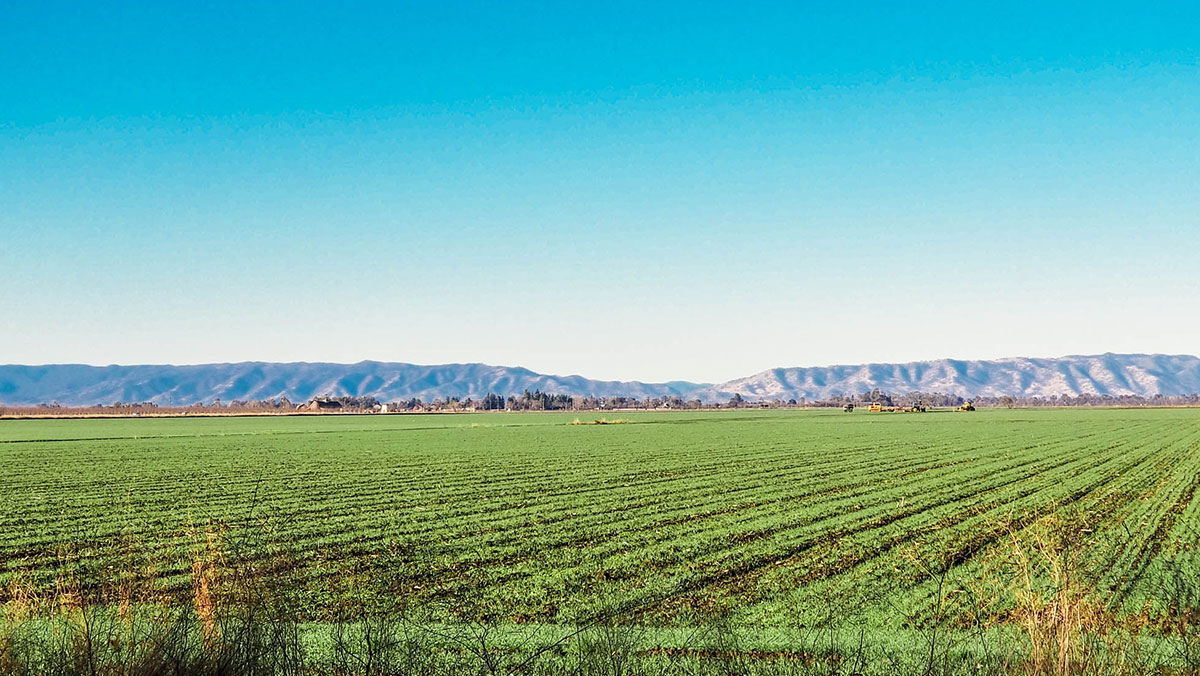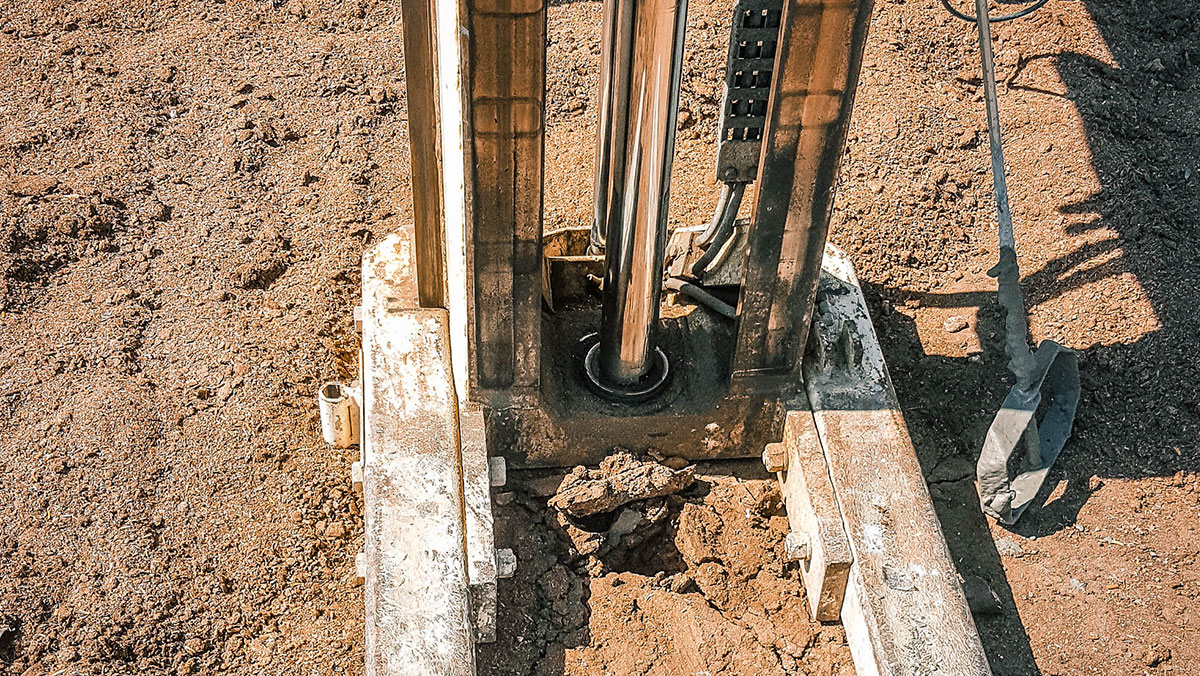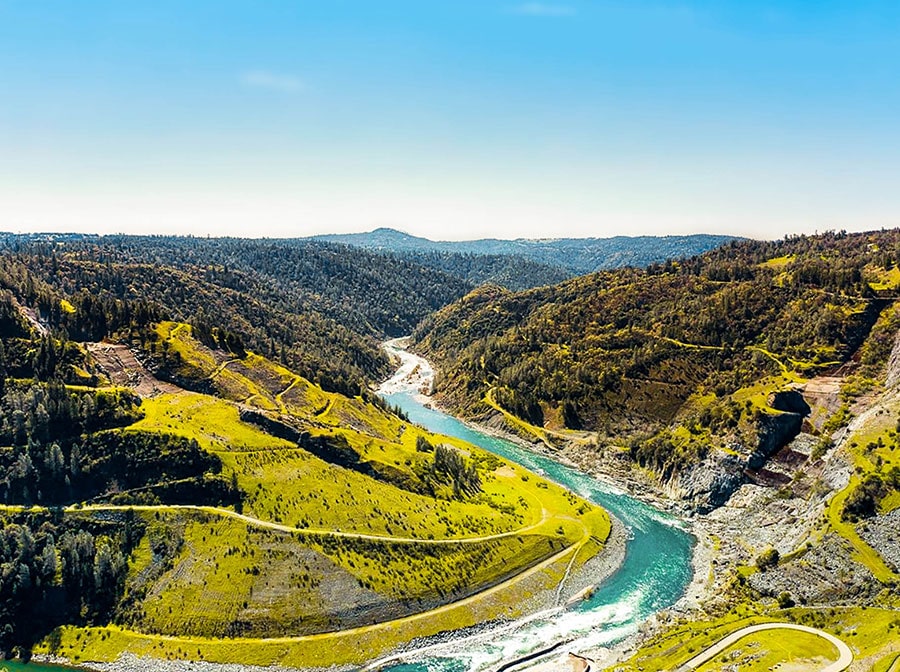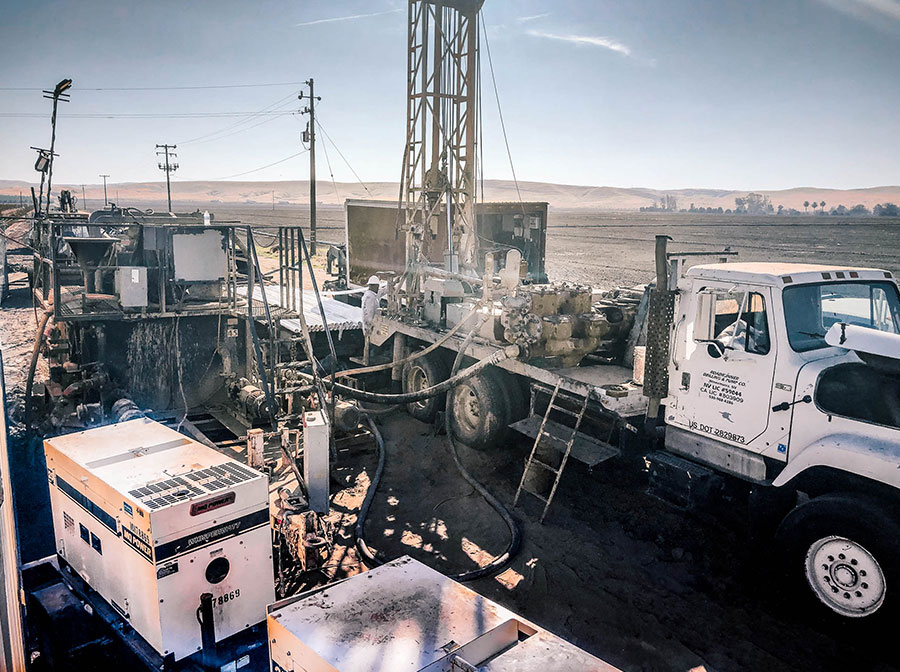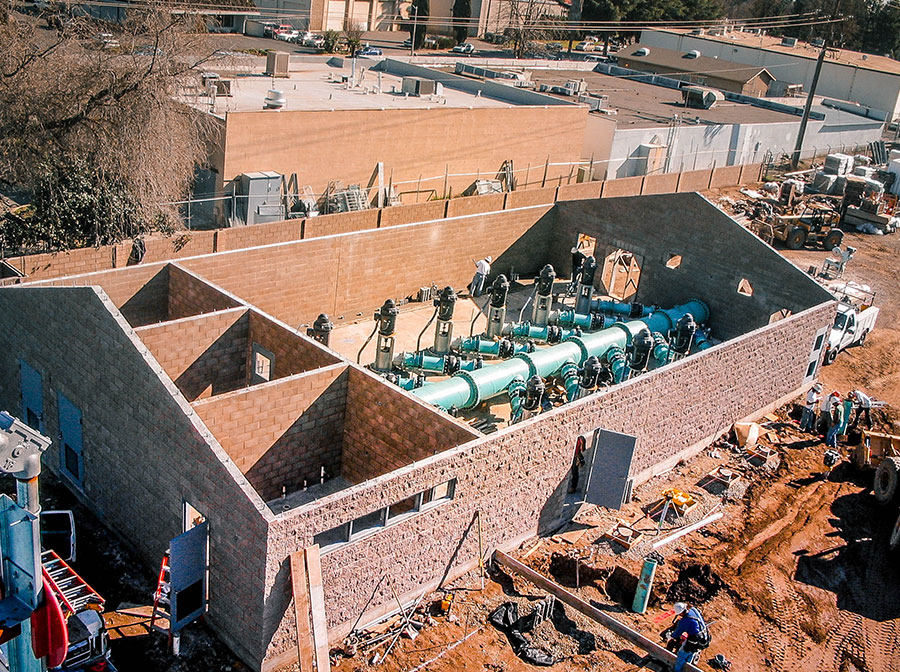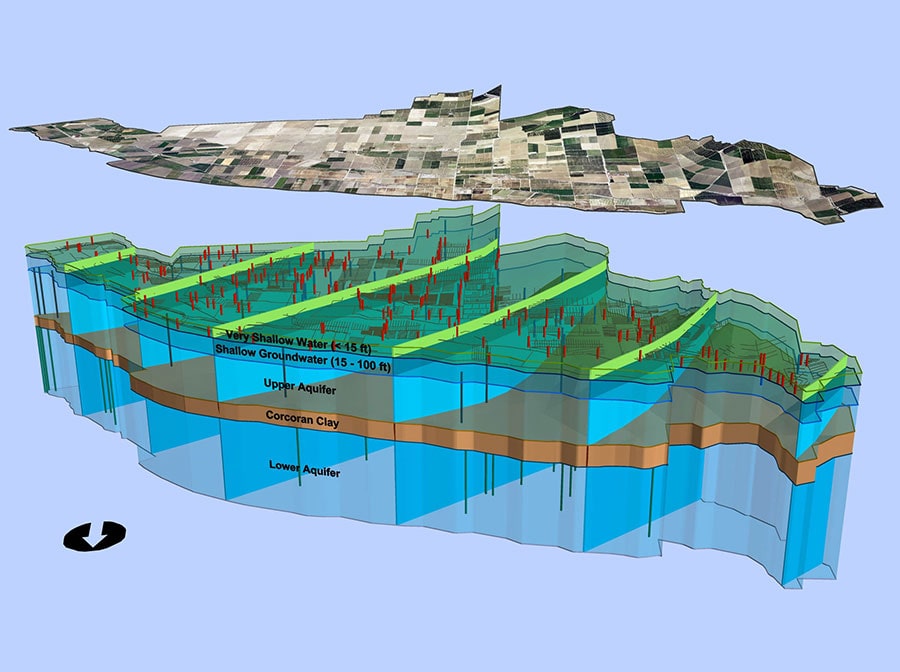Always Innovative
Groundwater quality investigations at local and regional scales
LSCE’s environmental services address groundwater quality at local and regional scales including anthropogenic and naturally occurring water quality phenomena. Projects range from site-specific investigations at wastewater treatment plants, landfills, mining operations, and other facilities to non-point source regional water quality issues. We repeatedly demonstrate novel and innovative approaches to tackling intractable issues, including regional concerns associated with the Sustainable Groundwater Management Act, the Irrigated Lands Regulatory Program, and the Central Valley Dairy Representative Monitoring Program.
Related Work
Projects
Representative Groundwater Monitoring on California’s Central Valley Dairies
We devised a pioneering, industry-wide monitoring well network in response to the Regional Water Quality Control Board’s Dairy General Order (R5-2007-0035). The Dairy General Order was the Regional Board’s first effort to address agricultural non-point source contamination of groundwater and required the installation of monitoring wells on all ~1,370 regulated...
Seepage from Wastewater Treatment Plant Effluent Basins
The District serves a population of approximately 1.4 million and treats an average of 130 million gallons of wastewater per day. Wastewater enters the facility in pipes of up to 12 feet in diameter, and treated effluent is stored in 20 earthen-lined basins with a total area of over 120...
Nitrogen and Salt Loading to Groundwater from Concentrated Animal Facilities
Quantitative subsurface loading estimates from earthen corrals and liquid manure ponds are critically import to the Central Valley dairy community to effectively guide efforts to reduce industry-wide impacts on groundwater quality. We devised and implemented a multi-faceted approach, including geophysical methods, continuous soil coring and sampling, depth-specific pond sampling, groundwater...
What We Do



